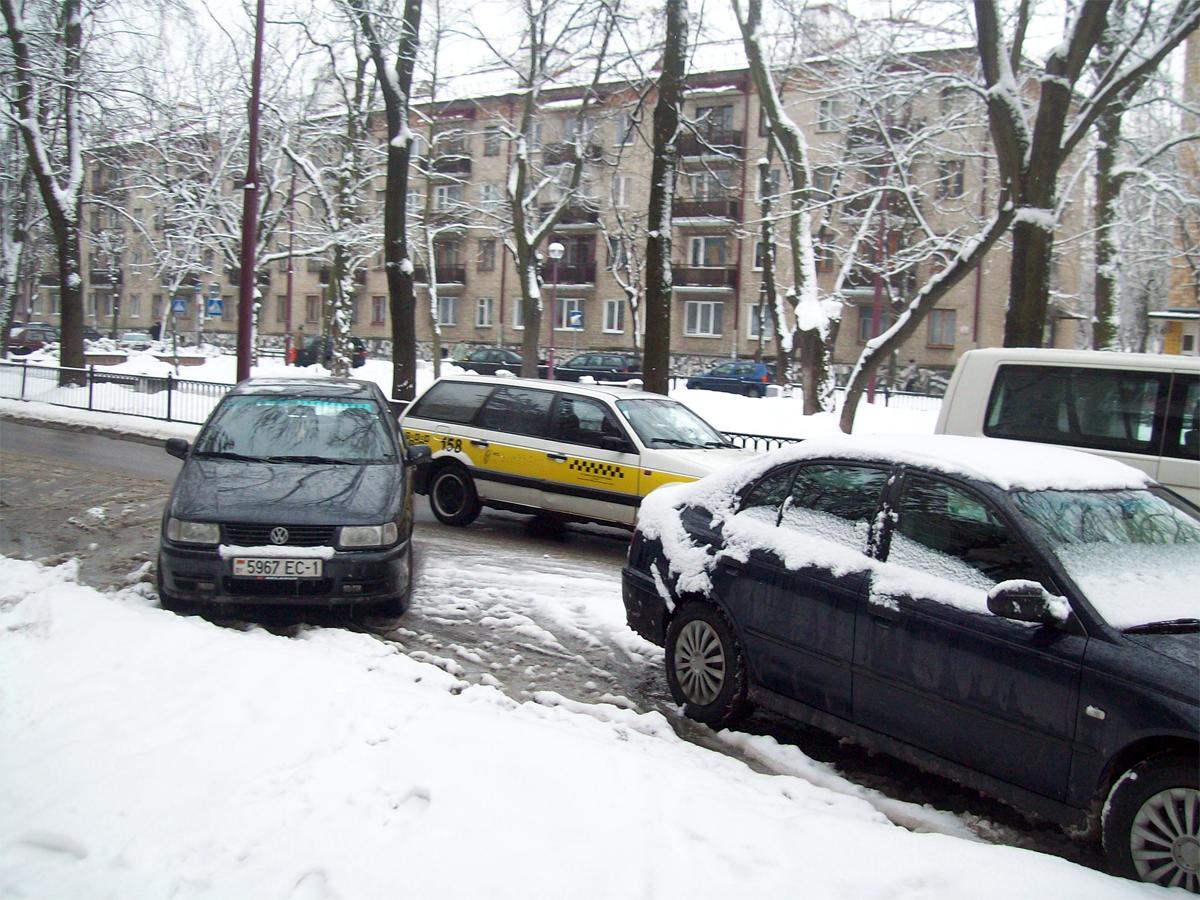Winter driving tips: maintenance, safe style, frozen windows, and car wash dos and don’ts.
Features of Winter Driving
Before the first frosts arrive, it is essential to have a service check. Carry out a computer diagnosis of the engine, change the filters and oil — if for some reason you forgot to do this in the autumn — and, of course, switch to winter tires. For those who drive only in the city, non-studded tires are quite suitable; moreover, studs can easily be thrown out on asphalt. But drivers who often go out of town cannot do without studs — otherwise they risk simply getting stuck in a snowdrift and waiting for a tow truck to rescue them from the snowy trap.
Protecting the windows
Probably every driver has encountered the situation of arriving at the parking lot in the morning and finding that their car's windows are iced over. To prevent this, you only need to cool the car from the inside in the evening. For this, either turn off the heater about five minutes before parking, or leave the car doors open for about three minutes afterward. Also, do not leave the car on the handbrake in severe frost — especially if your car has an automatic transmission. Otherwise, the vehicle simply won't be able to move in the morning: the brake pads may freeze solid overnight.
Driving style
A very important detail is a careful driving style. Watch the road, keep your distance, and glance at the cars behind you in the rear-view mirror. Don't forget about skids, to which cars are prone on winter roads. It has been observed that vehicle recoveries happen much more often at this time of year — slippery roads do not tolerate careless driving and reckless behavior. Therefore, reduce your speed compared to summer.
To wash or not to wash?

Many drivers ask themselves this question. It is known that in severe frosts you should never wash the car yourself, especially by hand. Even if it seems that everything has been wiped and checked properly. Frozen residues of moisture can damage the car and lead to a serious accident. In winter this is particularly dangerous, because it is often almost impossible to stop in time on a slippery road. Thus, a single car can cause a traffic jam and require the evacuation of many vehicles.
Of course, this does not mean that visiting a car wash in winter is strictly forbidden. No one wants to drive around in a dirty car for several months. Just remember that after the wash you should make sure that the locks have been blown out with a special air gun, and that all thresholds, rubber seals, arches and other areas have been wiped dry once more.
